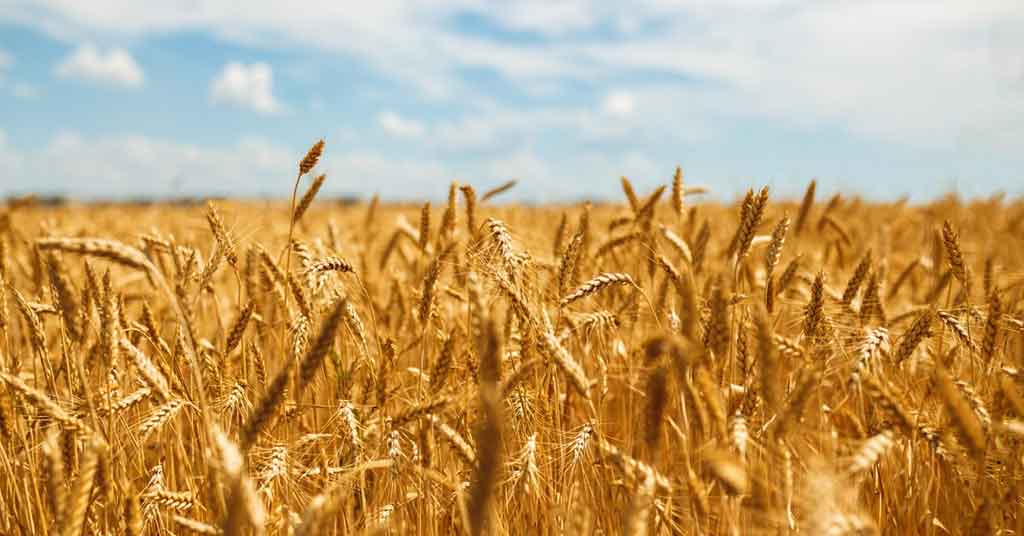Welcome To ChemAnalyst

The United States has seen a few years since the last truly bountiful winter wheat harvest, but there are signs that the 2024 crop might be on a more promising path, even as drought conditions persist in some key states.
In its initial assessment of the growing season, the US Department of Agriculture (USDA) has rated 47% of the country's winter wheat crop as "good" or "excellent" (GE) as of the most recent report, marking the best start for this date since 2019. This rating surpasses the recent five-year average of 44%. This positive evaluation is a significant improvement from the previous year when only 28% of the crop was initially rated as GE, making it the worst start for winter wheat since the USDA began tracking conditions in 1986. At that point, there were concerns that the 2023 harvest would be disastrous.
However, despite the challenging start, the 2023 national winter wheat yield ended up being only about 2% below the long-term trend. This is in stark contrast to some of the worst harvests in the past, such as in 2014 or 2015, where yields were as much as 12% below the trend.
While drought conditions persist, they are not as severe as in the previous year, especially in states like Oklahoma and Texas. In the current assessment, winter wheat in Oklahoma is rated at 42% GE, which is in line with the state's historical average, and Texas stands at 41% GE, which is 13 points above the state's average rating for this period.
This year's El Niño pattern, which typically brings increased moisture during the growing season to the Southern Plains, including Kansas, has raised some hopes. However, many parts of the state are still eagerly awaiting relief from dry conditions.
The current 47% GE rating for winter wheat, while not exceptional, is still respectable in historical terms. For instance, in 2016, an epic harvest started at 48% GE at the end of the prior October, and the yield eventually surged 13% above the long-term trend. It's worth noting that the 2015-2016 season was characterized by a strong El Niño pattern.
Comparing the current ratings to previous years, the 2021 and 2022 crops were also within a similar range, with ratings of 42% and 45% GE during the same week, respectively. The 2021 yield ended up being about 1% below the long-term trend, while the 2022 yield fell by 8%.
The early assessment of the 2024 winter wheat crop in the United States presents a more promising outlook than in previous years. Despite initial concerns and lingering drought in some regions, the crop's condition is showing improvement, offering hope for a better harvest than in recent memory. The resilience of the winter wheat crop and its ability to recover from challenging starts are indicative of the complex interplay of weather patterns and agricultural practices in the United States.
We use cookies to deliver the best possible experience on our website. To learn more, visit our Privacy Policy. By continuing to use this site or by closing this box, you consent to our use of cookies. More info.
